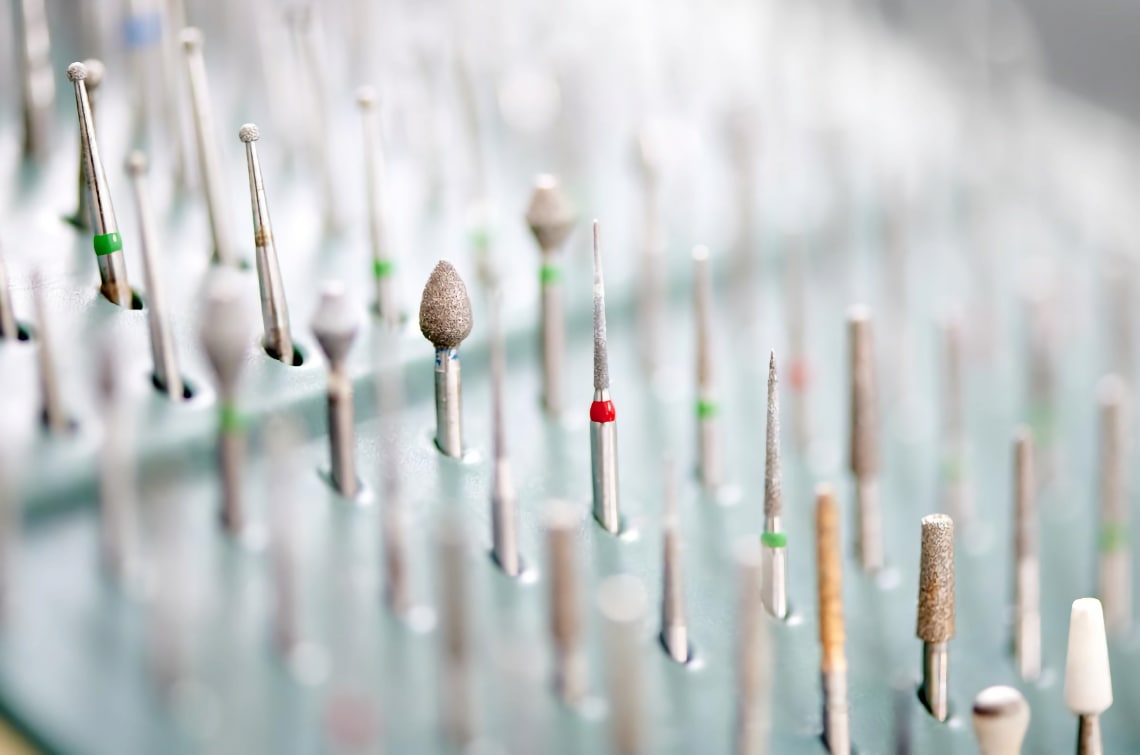Introduction to Dental Burs
Dental burs are indispensable tools in dentistry, used for cutting, grinding, and polishing tooth structures. With a myriad of types available, each offers specific advantages tailored to various dental procedures.
Types of Dental Burs and Their Uses
Understanding the different types of dental burs is crucial for selecting the right tool for each procedure. Let's delve into the most common types and their specific uses.
Diamond Burs
Diamond burs are renowned for their precision and are typically used for reducing tooth structures to place crowns or porcelain veneers. Due to the hardness of diamonds, these burs offer superior cutting ability and durability. They are especially effective for procedures requiring extreme precision, such as cutting through porcelain and polishing.
Carbide Burs
Carbide burs are known for leaving a smoother surface compared to diamond burs. They are ideal for preparing cavities for fillings, shaping bone, and removing old fillings. Carbide burs also offer less vibration, making the cutting process smoother.
Ceramic Burs
Ceramic burs are preferred for their heat resistance, making them suitable for adjusting thermoplastics and acrylic pieces. Their cooler cutting reduces the risk of burns during procedures.
Steel Burs
Steel burs are versatile and are often used for removing dentin and cavity preparation. They offer good abrasion resistance but may dull more easily than other types.
Zirconia Burs
With the rising popularity of zirconia crowns, there's an increasing demand for burs that can efficiently work on zirconia. These burs are designed to adjust and cut through tough materials like zirconia, E-MAX, and porcelain.
Challenges and Solutions in Using Dental Burs
Working with robust materials like zirconia presents challenges. Standard burs can take considerable time to remove a zirconia crown, with risks of fracturing. However, specialized diamond burs excel in cutting and adjusting such materials, offering a more efficient solution.
Effective Cutting Techniques
Over the years, various instruments and techniques have been developed for cutting and adjusting dental materials. For instance, a fine-grit diamond bur used at high speed with a gentle sawing motion combined with high water pressure has proven effective for zirconia.
Conclusion
Dental burs play a pivotal role in modern dentistry, aiding professionals in various procedures. By understanding the types, uses, and techniques associated with each bur, dental professionals can ensure optimal results for their patients.



